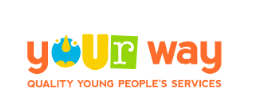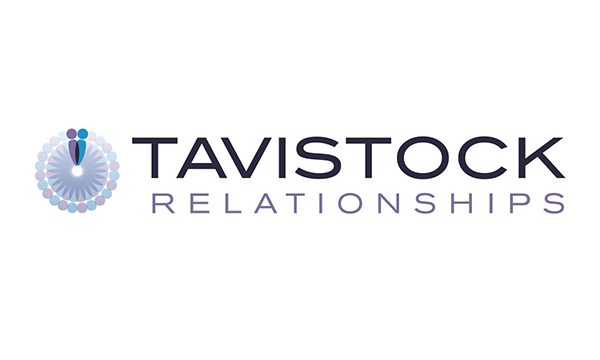Tackling Mental Health in Young People, One Chat at a Time

For people who have mental health conditions, reaching out for help can take time as it can be challenging to overcome thoughts of potential consequences and feeling of weakness.
Awareness of mental health is on the rise to remove the stigma attached to the relating conditions. The Royals are even putting their voice behind building awareness and support, with The Duke and Duchess of Cambridge (Prince William and Kate) and The Duke and Duchess of Sussex (Prince Harry and Meghan) fronting the Heads Together Campaign.
According to a recent study published in the journal Psychological Medicine, the percentage of four to 24-year-olds, whose parents or themselves said they have a longstanding mental health condition rose from 0.8% in 1995 to 4.8% in 2014. The study also found that in just six years between 2008 and 2014, the proportion of children and young adults with a mental health condition also rose 60% in England and by 75% in Scotland.
It’s easy to think that there may not be a necessary growth in mental health, but with the work that healthcare and wellbeing organisations are doing towards the awareness of mental health, the growth comes from more people being comfortable in letting their conditions be known, rather than hiding them.
Lead researcher Dr Dougal Hargreaves, of Imperial College London and the Nuffield Trust, said: “There are likely to be many reasons behind this striking rise in self-reported mental health conditions. While some of it could be explained by better awareness and a reduction in stigma around mental health, other things such as social media and cyberbullying may well have contributed to the rise in mental health problems among young people.
"We know that young people say social media has a negative impact on their self-esteem, with almost half of young girls highlighting this in a recent survey.”
Gaining Support is Easier than Ever
As we head further into the digital era, healthcare organisations are able to spread their messages quickly across multiple platforms such as their website, on social media and via TV etc. With technology also growing rapidly, they can support individuals more efficiently and in a manner the enquirer prefers, live chat, SMS, or email etc.
Many charities who specifically support teenagers, young people and their families are offering live chat as part of their spectrum of communication channels. This helps them to listen to and advise the individual in an easier and secure environment.
Teens in Crisis provide services across Gloucestershire for young people aged 9-21 and their families. They have added live chat to provide text-based counselling from their website and run live groups. This gives individuals instant access to support and puts them in contact with other people in similar situations allowing them to feel safe and not alone.
Young People Cornwall is one of the partners involved in Your Way, aimed at young people across Cornwall aged 10 and over. The organisation wanted to quickly and efficiently provide information, help, and advice to individuals, and have achieved this by implementing a live chat service.
Suffolk Young People’s Health Project (also known as 4YP) provides and co-ordinates services for young people in Suffolk aged 12-25. They use live chat to hold multiple 1-to-1 sessions at specific times during the week to offer personalised information and advice. 
Business and marketing co-ordinator, Karl Dickinson of 4YP commented Live chat: a vital tool helping us support vulnerable people. We use Click4Assistance live chat because it's a cost-effective and simple-to-use tool to engage with clients who need our support in a format they understand and feel comfortable to use. It would be impossible any other way to provide the range of coverage we can with live chat. It has become an integral element of our services.
Tackling Mental Health is a Two-Step Approach
Organisations have two challenges to overcome; the first is the awareness and spreading their message to the masses. With more awareness comes less stigma as acceptance is given. Pop culture also has a part to play in this with more celebrities sharing their own experiences of mental health and popular films such as The Greatest Showman, exploring themes of individuals who were dictated by society to hide away, stand up and actually celebrate their uniqueness, providing them with self-acceptance and improving their mental state. With it only taking one person to spend the time to understand them and the struggles they’ve experienced.
The second challenge is providing the type of support young people want to use. Once an individual has built the confidence to reach out for help, the organisations need to have the right tools in able to encourage the young person to speak with them. Text based communication is very popular with millennials over traditional methods of contact such as telephone, as they can be more anonymous and take their time with their responses. Live chat also allows organisations to quickly help more people as an advisor can handle more than one enquiry at a time.
For more information on how your organisation can support visitors via live chat box for website software, contact our team on 01268 524628 or email theteam@click4assistance.co.uk to book a free personalised demo.






















